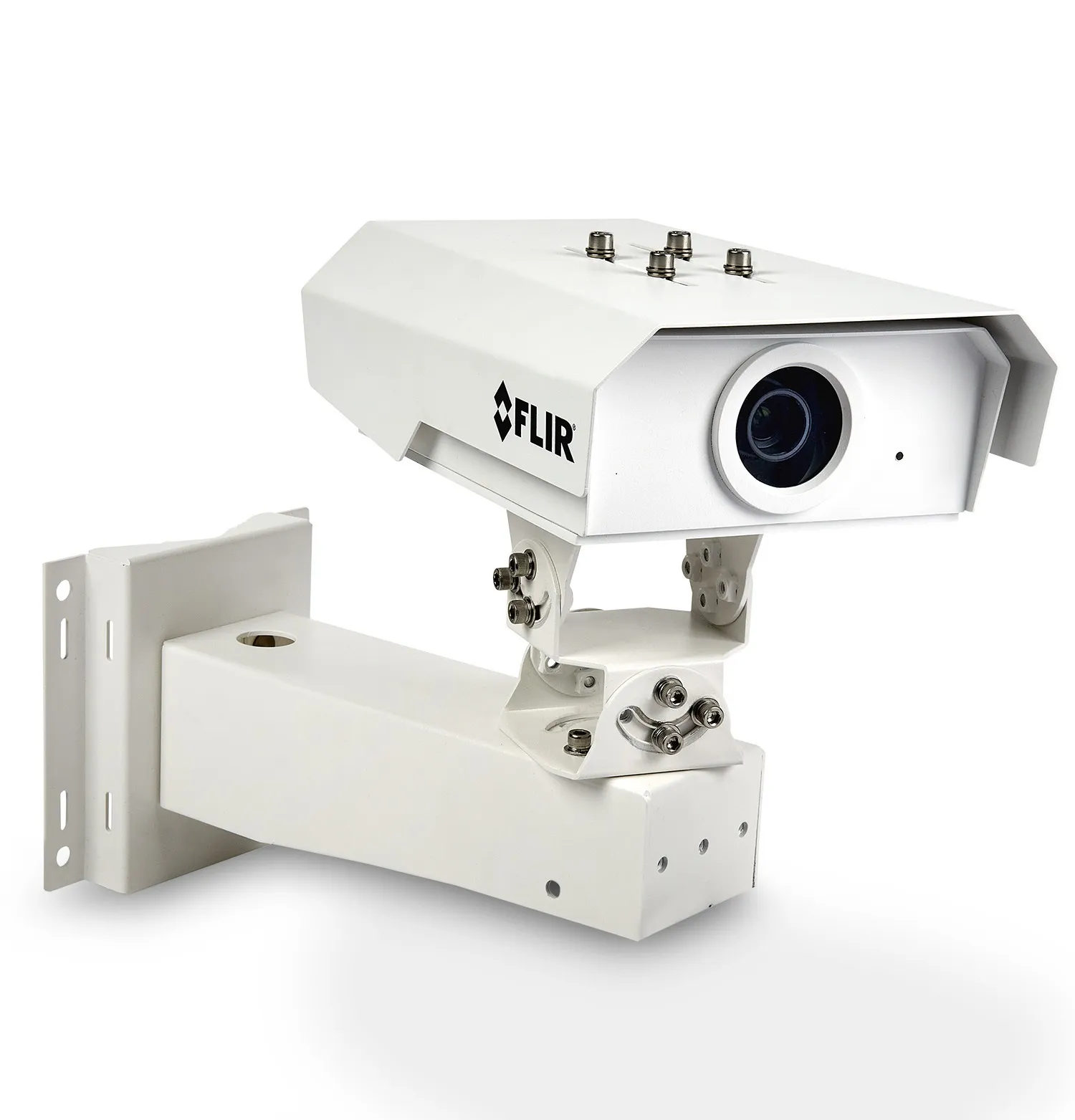Axis Communications has been an innovator in surveillance camera technology for over 20 years, and visitors to the company’s booth at the ITS America Annual Meeting can see just how advanced the systems have become. As the company points out, all surveillance cameras were analog 20 years ago. They delivered video via a coaxial cable to a recorder that stored the video on a tape. It was in 1996 that Axis Communications invented the network camera, which made it possible to connect a video camera directly to
June 2, 2015
Read time: 2 mins

Unlike its analog predecessor, IP video provides superior image usability in challenging low and back- light conditions, camera intelligence and open standards. Here in Pittsburgh, Axis is demonstrating the latest innovations in IP video technology. Lightfinder and Wide Dynamic Range – Forensic Capture are just two features of the new AXIS Q1615-E. This outdoor-ready fixed network camera offers exceptional image quality in HDTV 1080p in varying lighting conditions.
“Improved video quality following HDTV standards makes it much easier to identify people and objects in live or recorded video, even down to license plate numbers,” says Anthony Incorvati, business development manager at Axis Communications.
Intelligent camera capabilities make it possible to alert traffic management centres (TMCs) and other users automatically when there is an incident, enabling faster redirection of traffic and dispatch of emergency services. Analytics are also being used to collect important data to support planners and engineers for future projects.
Since network cameras are based on open IP standards, authorised users get secure and flexible access via a computer or handheld device from anywhere.










